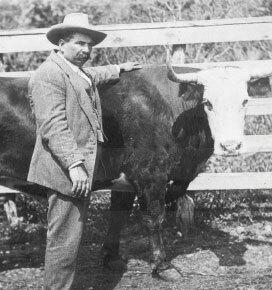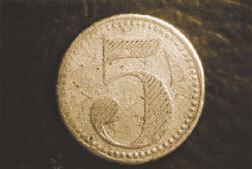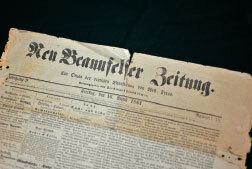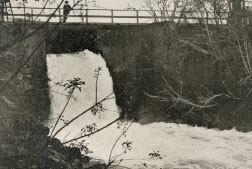“Within the town itself are the following numbers of master-mechanics, nearly all of whom employ several workmen: carpenters and builders 20, wagonmakers 7, blacksmiths 8, gun and locksmiths 2, coppersmiths 1, tinsmiths 2, machinist 1, saddlers 3, shoemakers 6, turners 2, tailors 5, button and fringemakers 1, tanners 3, butchers 3, bakers 4, gristmills (corn, wheat, ice, pulp, grain) 4, stores and small tradesmens’ shops 12, apothecaries 3…” – Frederick Law Olmsted, 1855
The German newcomers were quickly regarded as thrifty and industrious people. They rapidly set up shops and trades, adding newfound wealth to the region. The German farmers were especially efficient, producing yields more than double that of other farmers in Central Texas. In addition to crops, they raised sheep, cattle, pigs, and poultry for commercial production. Flour mills, textile factories, and processing plants were built to turn raw materials into fine finished goods.



